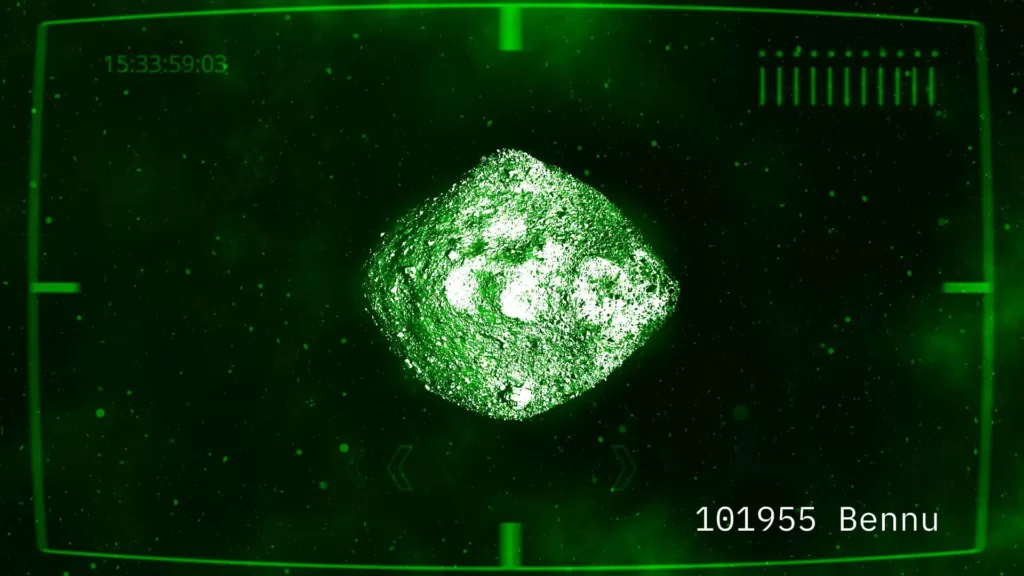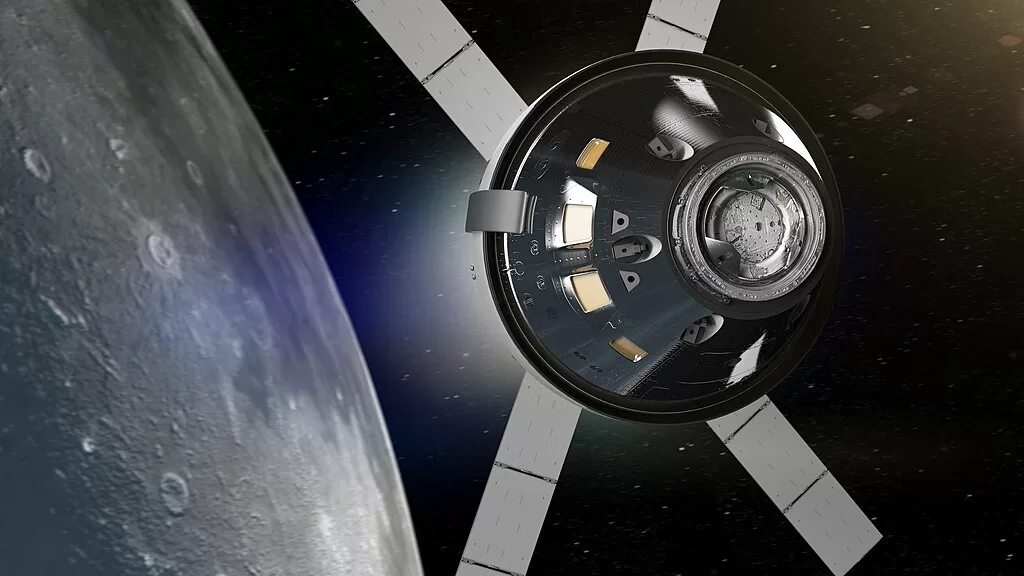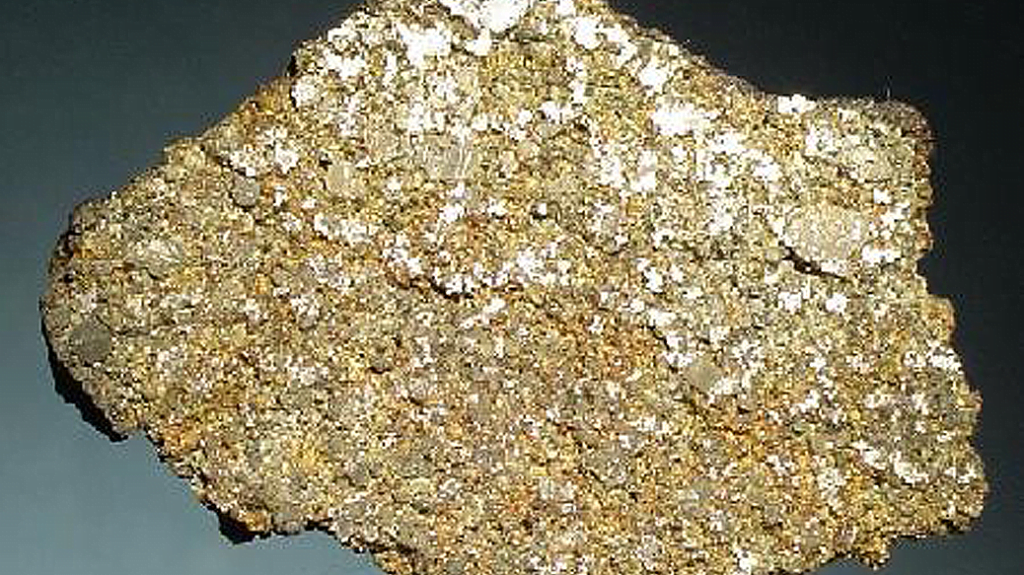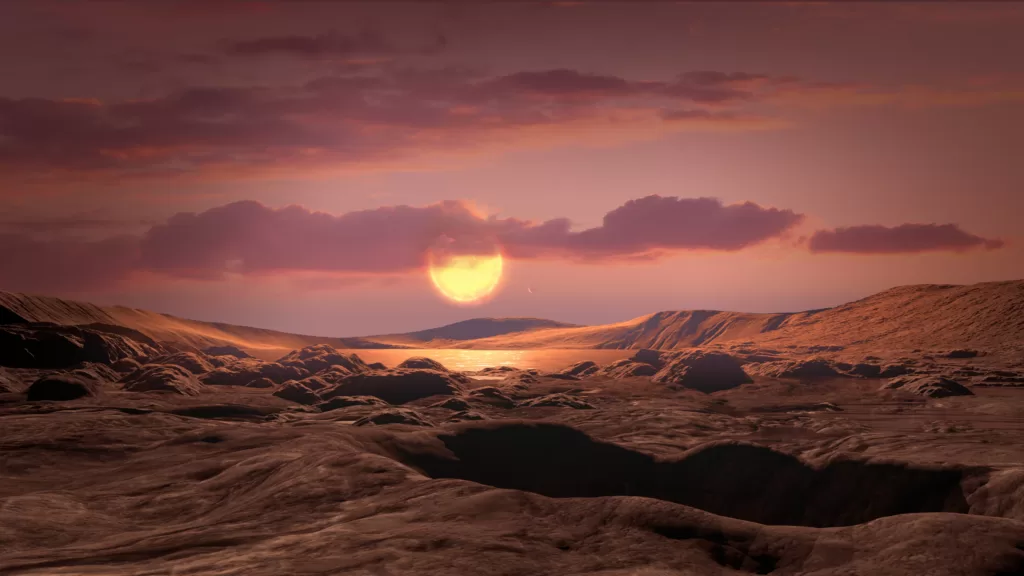Did space give Earth the spark of life? OSIRIS-REx might tell us
NASA's OSIRIS-REx mission will allow scientists to put asteroid Bennu under the microscope and perhaps answer questions about the origins of life on Earth.
 The view from OSIRIS-REx’s SamCam on 20 October 2020 as the NASA spacecraft approaches and touches down on asteroid Bennu’s surface during the ‘Touch-And-Go’ manoeuvre. Credit: NASA/Goddard/University of Arizona Public domain
The view from OSIRIS-REx’s SamCam on 20 October 2020 as the NASA spacecraft approaches and touches down on asteroid Bennu’s surface during the ‘Touch-And-Go’ manoeuvre. Credit: NASA/Goddard/University of Arizona Public domain
NASA’s OSIRIS-REx mission will allow scientists to put asteroid Bennu under the microscope and perhaps answer questions about the origins of life on Earth.
On 24 September 2023, NASA’s OSIRIS-REx spacecraft will return a capsule to Earth containing samples from the near-Earth asteroid Bennu that could reveal tantalising clues to how life emerged on our planet and offer a window into the early Solar System.
It is the first US mission to collect a sample from an asteroid, but the third overall. Given lessons from the previous missions and the makeup of Bennu itself, it could be the most enlightening mission yet.
The Japan Aerospace Exploration Agency’s Hayabusa and Hayabusa2 missions returned samples from asteroids Itokawa and Ryugu in 2010 and 2020 respectively.
The estimated 250g sample from Bennu on OSIRIS-REx could include material from the early times of our Solar System, perhaps even earlier.
And with humanity still inspired by the question of how life began on our planet, it could also show signs of the very building blocks of life.
Bennu is a time capsule from the early Solar System.
It’s a carbon-rich asteroid likely formed from debris ejected from a larger parent asteroid in a cataclysmic collision.
Though Bennu was probably formed about a billion years ago, the debris that makes it up is believed to date back to the first 10 million years of the Solar System. It’s estimated that the Solar System formed about 4.57 billion years ago.
Some of the microscopic grains in Bennu could be even older than that.
From OSIRIS-REx observations, scientists have learnt that Bennu’s surface contains widespread water-bearing minerals as well as organic materials — essential ingredients for life on Earth.
Scientists have long theorised that extraterrestrial material could have contributed some of the building blocks of life.
Several studies have shown that some of the most primitive meteorites contain water-rich minerals and organic matter as well as abiotically synthesised amino acids that are fundamental in cellular metabolism — life doesn’t happen without them.
But as meteorites are exposed to Earth’s atmosphere and environment, there are concerns that their composition could change through terrestrial contamination.
To solve that problem, sample return missions allow laboratory measurements of pristine, uncontaminated, extraterrestrial samples.
Measurements carried out on samples from Ryugu have shown the presence of amino acids, uracil, which is one of the four constituents of RNA, and niacin, an essential nutrient for metabolism in living organisms.
Most importantly, the findings show a relationship between the abundance of amino acids and signs of change through reactions with water — a process known as aqueous alteration. It suggests the importance of liquid water in the formation of essential ingredients for life.
Bennu shares many properties with Ryugu, with both being classified as carbonaceous — or carbon-rich — asteroids.
Bennu is rich in water-bearing minerals and carbon-bearing organic molecules. This composition — as well as its pristine conditions and age — give researchers hope the samples will answer fundamental questions.
They hope to learn about the origin of primordial organic molecules, the role of water and other volatile elements in the formation and evolution of life’s building blocks, and the contribution of asteroids like Bennu to the prebiotic chemistry of the early Earth.
Laboratory analysis of samples from Bennu should also provide a glimpse of the first ten million years of the Solar System — a time that saw processing and accretion of dust and gas into planet-sized bodies.
Most of the knowledge about planet formation in the Solar System has until now been drawn from astronomical observations and the study of primitive meteorites.
The Bennu sample can offer more concrete evidence because the asteroid preserves dust and volatile compounds from a turbulent period of planet formation.
Some of the microscopic grains in Bennu could be even older than the Solar System.
Known as stardust or presolar grains, these grains formed from cooling gas ejected from dying stars and material thrown out by supernova explosions before the formation of the Solar System.
Presolar grains were incorporated into the molecular cloud from which our Sun, planets, moons, asteroids, comets, and meteorites formed but survived intact only in the most pristine solar system materials.
They are found as trace components in primitive meteorites and recently were also detected in fragments from Ryugu.
Bennu has a higher level of aqueous alteration than Ryugu, so it’s likely that some of the presolar grains were destroyed and only the more resistant grains would be preserved.
The OSIRIS-REx spacecraft launched on its journey to asteroid Bennu on 8 September 2016. It arrived at Bennu on 3 December 2018.
For nearly two years, OSIRIS-REx orbited Bennu, performing a detailed survey of the asteroid, mapping its surface, size, and shape, and studying its rotational properties as well as its composition.
On 20 October 2020, with a manoeuvre known as ‘Touch-And-Go’, OSIRIS-REx carried out its primary science objective, touching down on Bennu for about six seconds and collecting material from its surface.
Now, almost three years after that manoeuvre, OSIRIS-REx is close to releasing to Earth its sample capsule containing material collected from Bennu.
The end of this sample return mission on 24 September 2023 will mark the start of research that will keep scientists busy for decades.
Dr Janaína Nunes Ávila is an isotope geochemist and cosmochemist. She is a research fellow in the School of the Environment at the University of Queensland.
Originally published under Creative Commons by 360info™.










